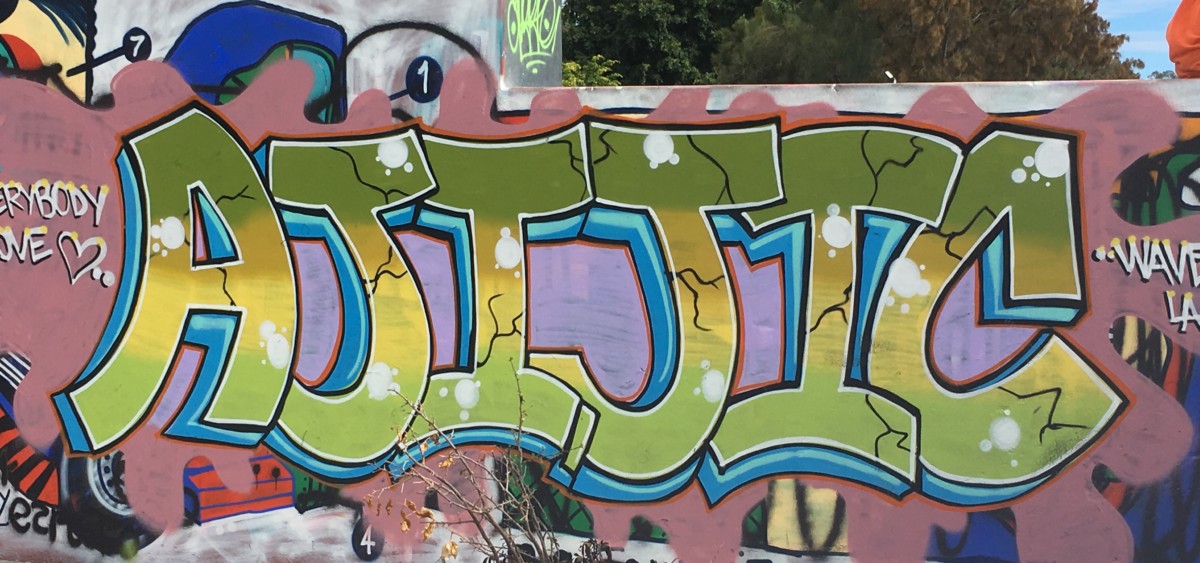
“An hour and a world away” from San Cristóbal, the cosmopolitan city of the state of Chiapas, Mexíco, and the home base of our intensely educational tour of the Maya weaving villages this past February, is Tenejapa (teh-neh-há-pa). Our tour there began in the village market where the streets are filled with fresh produce, meats and household supplies, as well as the cloth and accessories required for the traditional clothing each woman creates. The market is a bustling beehive of locals with a few of us gringos worming our way through.




Near the church is the Mujeres en Lucha (Women in Struggle) cooperative led by Lucía Pérez Luna. Our leaders Gaby Yaz, Eric Chavez and Norma Schafer interpreted and described the work hanging on “clotheslines” across the wall and spread out on tables. Gaby proudly wore the beautiful huipil (short or long handwoven blouse constructed of 1 to 3 panels) she had just purchased from the co-op as we all scouted around for take-home prizes and Lucía demonstrated her weaving on a backstrap loom.




Backstrap loom
Our next stop was at the home of a master pom-pom maker. Who would’ve thought that this would be a talent, but boy is it ever! After you see the velvety texture of the pom-poms made by Feliciano Méndez and his family, you will never look at pom-poms the same way again. They exist in all sizes. Even 10lb. versions Feliciano had just shipped to Japan! In Mexico they are used for decoration, but also added to some ceremonial clothing of the weaving villages. If you read my last post (“Charmed I’m Sure“) you saw my comment on the family riding in the van with me from the Tuxtla airport. Well, here he was – the man who knew Norma – smiling broadly in his shop displaying all colors and sizes of pom-poms. A nice surprise for us both.




Village traje
Next came San Andres Larrainzar and Magdalena Aldama, noted to be 2 of the best weaving villages in the area. (Alberto, whom you met in my last post, hails from Aldama.) We visited 4 families of weavers in their humble homes, all greeting us warmly. Each place had an assortment of clothing and home goods, many done with natural dyes. Hard to pass any of it up. In fact after being assured that there was no pressure to purchase, I probably bought more than anyone, rarely skipping a vendor. Many pieces take months to create and I wanted to help everyone! Not to mention filling my closet with beautiful handmade items. You would’ve laughed to have seen several of us racing to install an online payment app that the artisans use (after borrowing the password for a neighbor’s wifi) on our phones so that we could make our purchases. Such a juxtaposition in the home of these warm traditional people.




Across the street we visited Celia and Xun (Juan), success obvious by the quality of their home and studio. Celia showed us her dyeing space on the mirador (rooftop) of the house where we were surprised by the pungent smell of the herbs (Mexican honeysuckle) she was using to create her deep, rich colors. Racks of handwoven clothing beckoned us and we left with big smiles and numerous purchases, leaving the artisans smiling as well.


One of the places we visited was the home of the last family to work with ixtle. Peel back the green outer covering of a 10 year old agave leaf and you will find a wealth of fibers which can be removed, separated, and rolled into “yarn” to be used in weaving market bags, from large, open weave to small, tight weave used for purses. Some are left the natural color. Others are “smoked” over a fire to give them a light cinnamon color. One small bag takes about 42 days to make and is priced at around $70 USD. Imagine working that long for that amount of money. They are a prize to own for sure. (Find them on social media “Luch Magdalenas“.)





The 3 Santiz sisters we visited next were surprised but proud when our guide Eric asked each of them to pick their favorite piece and explain why. Marta, Apolonia, and Lucía have all been featured in an impressive series of books about “the cream of the crop” in the Mexican artisan world: Grandes Maestros del Arte Popular.


Great Artisans
After our visit to the village of Zinacantan (see my next post), we visited “Marush” and the 5 generations of weavers in her home. Marush is well known for her coveted huipiles decorated with chicken feathers and rabbit fur. For these she uses natural dyes but she also creates a less expensive version with synthetic dyes. Young women pay thousands of pesos and wait for months for their wedding huipiles created by Marush.



Coveted huipiles
We were delighted with coffee and roasted squash seeds from our hostesses.

Two generations. A smoky kitchen. No outlet. No window.
The last weaver we met before most of the group left for the village of Chenohlo is a friend of our tour guide, Gaby. She hauled an amazing amount of her work into our hotel breakfast room. Venustiana Carranza creates an open weave Petet gauze, just right for the hot tropical areas at the base of the mountains.



Lightweight for hot climates
Regretably, I chose to skip the trek to Chenahlo after feeling bad for a day and knowing the trip home the next day would be taxing for me. But what a trip it had been already. Plenty to chew on. Plenty to write about. I’ve saved two comprehensive encounters for a separate post. Coming up next – the final post for this trip…Zinacantan and Chamula. Don’t miss it!


